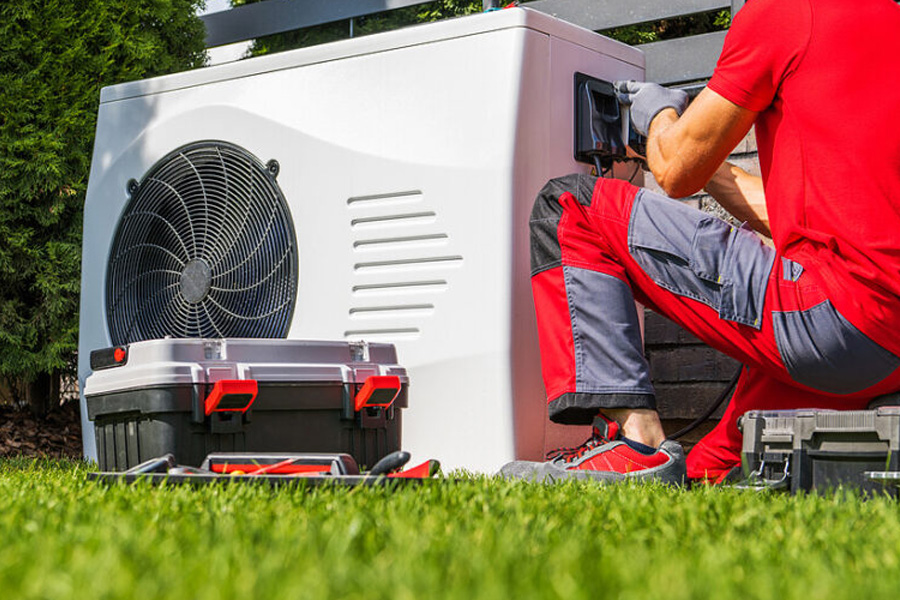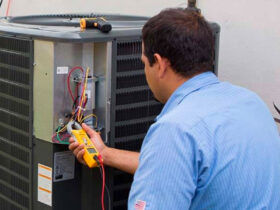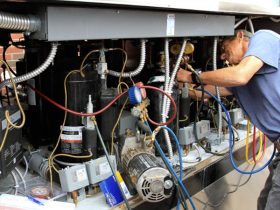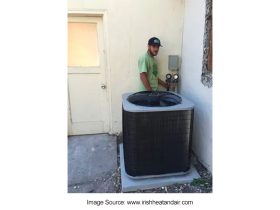Eco-Friendly Heating Solutions: The Environmental Impact of Water vs. Electric Floor Heating

In the quest for sustainable living, eco-friendly heating solutions have become a crucial consideration for homeowners and builders alike. Among these solutions, underfloor heating systems have gained popularity for their efficiency and comfort. This blog post delves into the environmental impact of two primary types of underfloor heating: water-based and electric systems. By examining their energy consumption, carbon footprint, and overall sustainability, we aim to provide a comprehensive understanding of their ecological implications.
Understanding Water and Electric Underfloor Heating
Water Underfloor Heating Systems:
Water underfloor heating, also known as hydronic systems, utilizes a network of pipes beneath the floor, through which warm water circulates. This water is typically heated by a central boiler or a renewable energy source such as solar panels or heat pumps. The heated water radiates warmth through the floor, providing even and consistent heating.
Electric Underfloor Heating Systems:
Electric underfloor heating systems consist of electrical cables or mats installed under the floor surface. When activated, these cables generate heat, which is then radiated upwards to warm the room. Electric systems are often preferred for their ease of installation and quick response time.
Energy Consumption and Efficiency
The energy efficiency of underfloor heating systems is a critical factor in assessing their environmental impact. Water underfloor heating systems are generally more energy-efficient in the long run, especially when paired with renewable energy sources. They can operate at lower temperatures compared to traditional radiators, leading to reduced energy consumption. However, the initial setup cost and complexity can be higher due to the need for a boiler and extensive piping.
On the other hand, electric underfloor heating systems can be less efficient in terms of energy use. Since they rely directly on electricity, which may be generated from non-renewable sources, their environmental impact can be significant. However, advancements in electric heating technology and the increasing availability of green electricity options can mitigate this impact.
Carbon Footprint Comparison
The carbon footprint of water and electric underfloor heating systems depends largely on the source of the energy used. Water-based systems, when connected to renewable energy sources such as geothermal or solar power, can have a minimal carbon footprint. These systems can leverage the efficiency of heat pumps or solar thermal collectors to reduce reliance on fossil fuels.
Electric underfloor heating systems typically have a higher carbon footprint if the electricity is sourced from coal or natural gas power plants. However, as the grid becomes greener with the integration of wind, solar, and hydroelectric power, the carbon footprint of electric systems can decrease substantially.
Installation and Lifecycle Impact
The environmental impact of installing and maintaining underfloor heating systems also warrants consideration. Water underfloor heating systems usually involve more extensive installation procedures, which can lead to higher material use and energy expenditure initially. However, these systems often have a longer lifespan and require less frequent maintenance, potentially offsetting the initial environmental costs.
Electric underfloor heating systems are easier and quicker to install, which can result in lower upfront environmental impacts. However, they might have a shorter lifespan and could require more frequent replacements or repairs, leading to additional resource use over time.
Conclusion
In summary, the choice between water and electric underfloor heating systems hinges on various factors including energy efficiency, carbon footprint, installation complexity, and lifecycle impacts. Water underfloor heating systems, particularly when paired with renewable energy sources, tend to offer better long-term environmental benefits. Electric underfloor heating systems, while less efficient and potentially more impactful in terms of carbon emissions, provide ease of installation and can become more sustainable as the energy grid evolves.
Homeowners seeking eco-friendly heating solutions should consider their specific circumstances, including the availability of renewable energy sources and the overall sustainability goals of their homes. By making informed decisions, we can all contribute to a greener, more sustainable future.
Leave a Reply
You must be logged in to post a comment.

















Leave a Reply